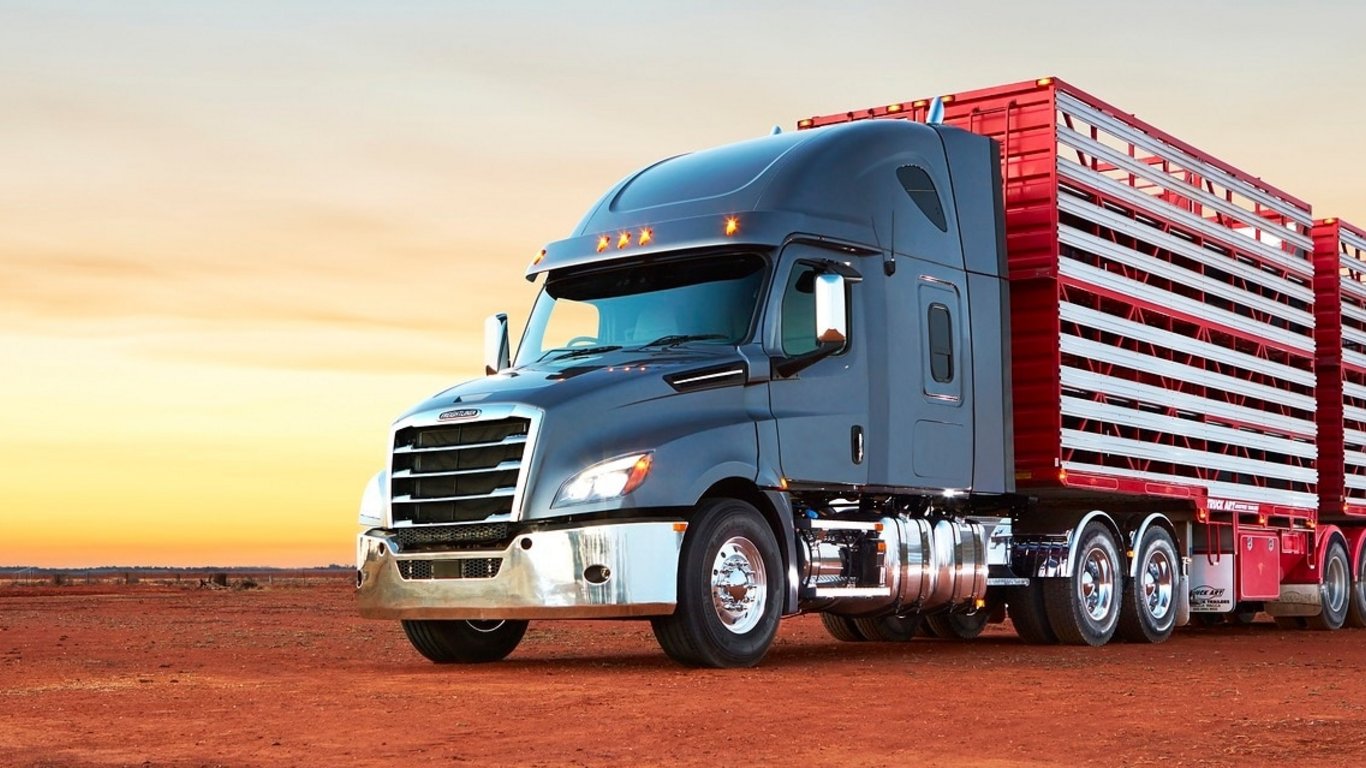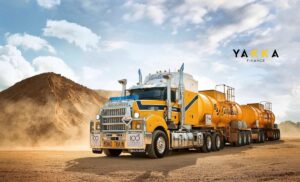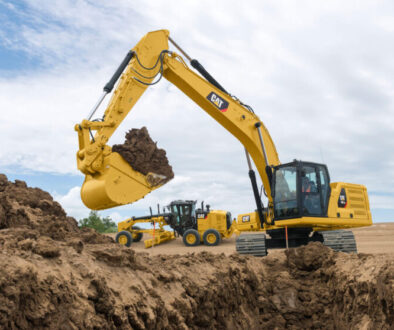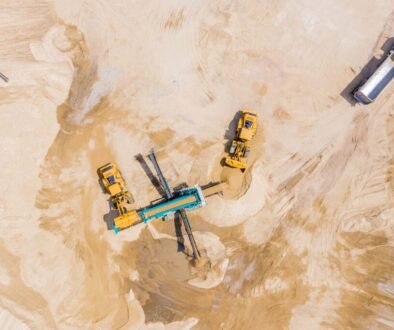
Balloon Payments in Truck Finance: When to Consider a Residual Loan
Updated for 2025 • Truck Finance Australia
A balloon payment (also called a residual) is a large lump sum due at the end of a truck loan term. It’s common in asset & equipment finance for trucks, trailers, machinery and other business vehicles. When used well, balloons can reduce monthly repayments, improve cash flow and boost borrowing capacity.
What Is a Balloon or Residual in Truck Finance?
Instead of repaying the full loan evenly, you set aside a percentage of the original amount (the balloon) to be paid at the end. For example:
- Loan amount: $200,000
- Balloon: 30% ($60,000)
- Term: 5 years
You make lower monthly repayments, then settle the $60,000 at term end by paying cash, refinancing, or selling the truck.
Pros of a Balloon Payment Truck Loan
- Lower monthly repayments: keep more working capital in your business.
- Improved liquidity: cover fuel, maintenance, payroll and running costs more comfortably.
- Access to higher-value assets: step into newer or better-spec trucks and trailers.
- Potentially increased borrowing capacity: lower repayments can improve serviceability.
- Strategic investment: deploy surplus cash where it can earn a return.
- Good for short-term ownership: suits businesses that upgrade regularly.
Cons of a Balloon Payment Truck Loan
- Higher total interest cost: compared to an equivalent loan with no balloon.
- Large lump sum at the end: you must have a plan to pay, refinance or sell.
- Not ideal for long-term hold: refinancing the balloon adds extra interest/fees.
- Negative equity risk: if market value is less than the balloon, you may owe more than the asset is worth.
When a Balloon Payment Might Suit Your Business
New or Growing Businesses
Lower repayments improve cash flow and borrowing power so you can invest in drivers, contracts and systems.
Short-Term Asset Usage
Ideal when you expect to rotate trucks every few years or are matching the finance term to a contract.
Frequent Vehicle Upgrades
If you upgrade often, a balloon can avoid paying down an asset you won’t keep long term.
Property Investors with Transport Businesses
Reducing vehicle repayments can help overall serviceability for other lending — get personal advice first.
Case Study: Balloon Payments for Fleet Expansion
John’s Transport runs 7 trucks with ~$3.5m revenue and $350k after-tax profit. He wants to expand the fleet to win larger contracts.
| Option | Loan Amount | Term | Rate (example) | Balloon | Monthly Repayments |
|---|---|---|---|---|---|
| No Balloon | $1.5m | 5 years | 6% p.a. | $0 | $28,854 |
| With Balloon | $2.0m | 5 years | 6% p.a. | $500,000 at term end | $29,916 |
For ~$1,062 more per month, John accessed an extra $500k — enough to add two trucks and bid on bigger contracts. Figures illustrative only.
How to Decide if a Balloon Payment Is Right for You
- Will you keep or rotate the truck before the term ends?
- Do you have a clear plan to pay/refinance the balloon?
- Is the truck’s projected resale value likely to exceed the balloon?
- Can the cash-flow savings be reinvested for a better return?
Pro tip: Compare scenarios with and without a balloon using our repayment tool — Truck Finance Calculator.
FAQs About Balloon Payments & Truck Finance
Is a balloon payment the same as a deposit?
No. A deposit is paid upfront to reduce the loan amount; a balloon is a lump sum due at the end.
Can I refinance a balloon payment?
Yes — many operators refinance if they want to keep the truck. Costs and approval criteria apply.
What’s a typical balloon percentage?
Common ranges are 10–40% depending on asset, term and lender policy.
How does a balloon affect tax?
GST, interest and depreciation rules may apply. Speak with your accountant for advice specific to your structure.
Is a balloon cheaper overall?
Usually not. You pay lower monthly repayments but more interest across the term versus no balloon.



